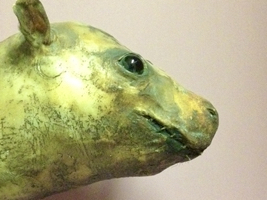
The Natural History Museum at Merrion Square, Dublin, has been one of my favourite places to visit ever since childhood (excluding pandemic years). However, it is not the only museum of its kind in the city, as literally a stone’s throw away stands the (much smaller) zoology museum of Trinity College. I first heard about this museum from the book Dublin Zoo: An Illustrated History (de Courcy, 2009), which featured photographs of some of the specimens kept at the museum, including an extinct passenger pigeon. Although the museum was first founded back in 1777, it was only since 2013 that it has been open to the public (albeit only during the summer months).
When you first enter the zoology building (a three-storey building on the east side of Trinity College), you enter a small green room with a table case containing the bones of animals that once lived in Ireland, such as the woolly mammoth and giant deer (Megaloceros). After heading up the stairs to the main museum space on the second floor, there are glass cases featuring Blaschka models of marine invertebrates, as well as the shells of molluscs and the skulls of early human relatives. It is after walking past these cases that you come to the reception area and the two main rooms on this floor.

The larger room (the main museum room) features glass cases on the walls featuring species that represent different taxonomic groups of animals. Different cases are dedicated to specific orders of mammals, while other groups (birds, reptiles, fishes, etc.) are grouped into one case each. One of these cases is dedicated to the great auk, a large seabird related to puffins and razorbills that became extinct in the 1850s. There is also a long table with numerous artefacts, including skulls and the skins of antelopes, as well as animal books and live animal displays, including a corn snake, hissing cockroaches, giant African snails, and (on my most recent visit) a European common toad. Several more stuffed animals can be viewed in glass cases beneath the table. Notable specimens in this room include a pygmy hippo calf that was brought to Dublin Zoo in 1873 (though very briefly as it died shortly upon arrival), and the first of its species ever brought into captivity in Europe; and the skeleton of Prince Tom the Asian elephant, who travelled from Britain all the way to New Zealand with the Duke of Edinburgh, before returning to England and eventually relocating to Dublin Zoo, where he died in 1882. Aside from the great auk, other extinct animals that can be seen in this room include the thylacine (‘Tasmanian tiger’) and the aforementioned passenger pigeon.
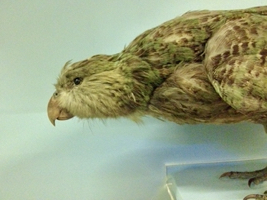
The smaller room is the lecture room, where students of the college would sit and learn about subjects of the Zoology course. An episode of the 2001 TV documentary Extinct, which focused on the great auk, is played on a loop on the projector screen. The room features several species of Irish birds, the skulls of various ungulates (including a Megaloceros skull), and full skeletons of a minke whale, baboon, bison, lion and even a sun bear. One of the Irish birds on display in this room is the white-tailed sea eagle, with interesting signage detailing the history of the species’ extinction and reintroduction in Ireland, including the breeding attempts at Fota Wildlife Park and Belfast Zoo.
Link to Trinity College’s website and their page on the Zoology museum: tcd.ie/Zoology/museum/
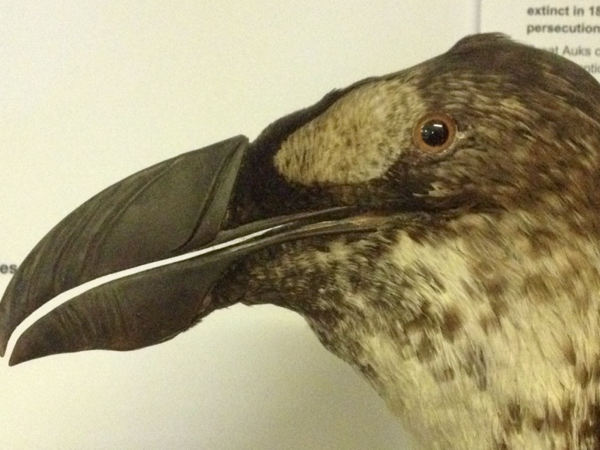
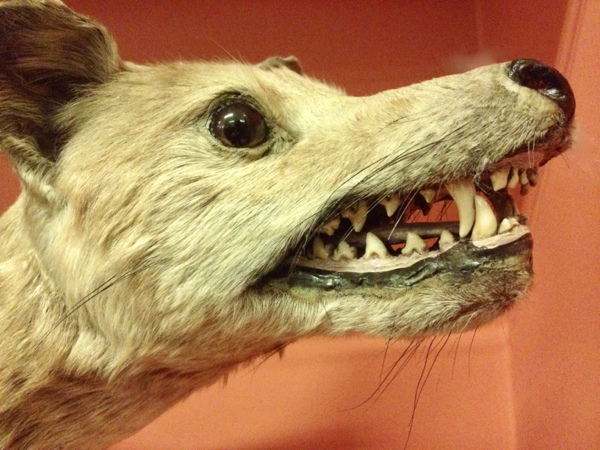
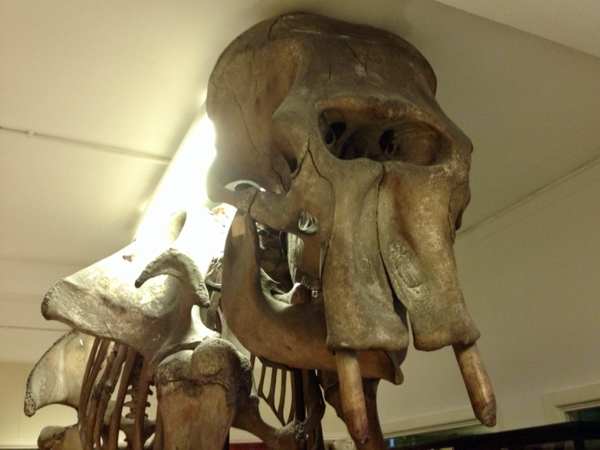
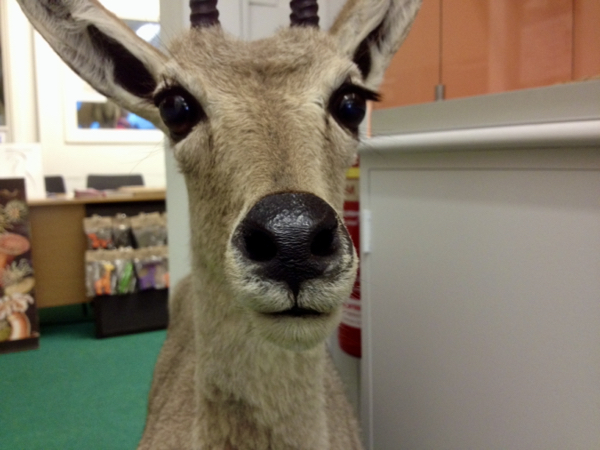
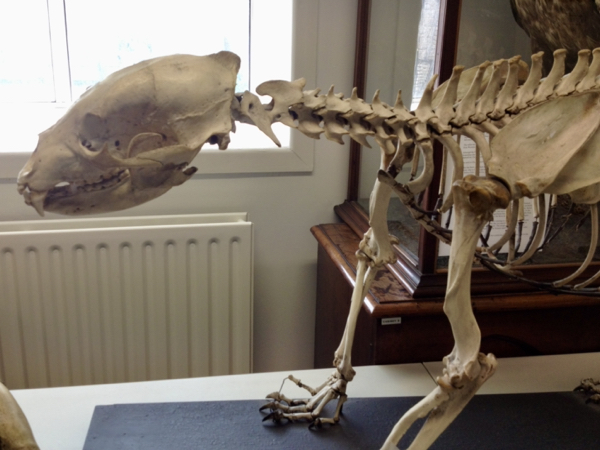
One Response
Natural History Museum, Dublin – David Twamley
[…] History Museum at Merrion Square, Dublin, is what I would consider my hometown museum (along with another, rather less well-known museum) and I have visited on a regular basis since I was very young. This museum, like most other […]